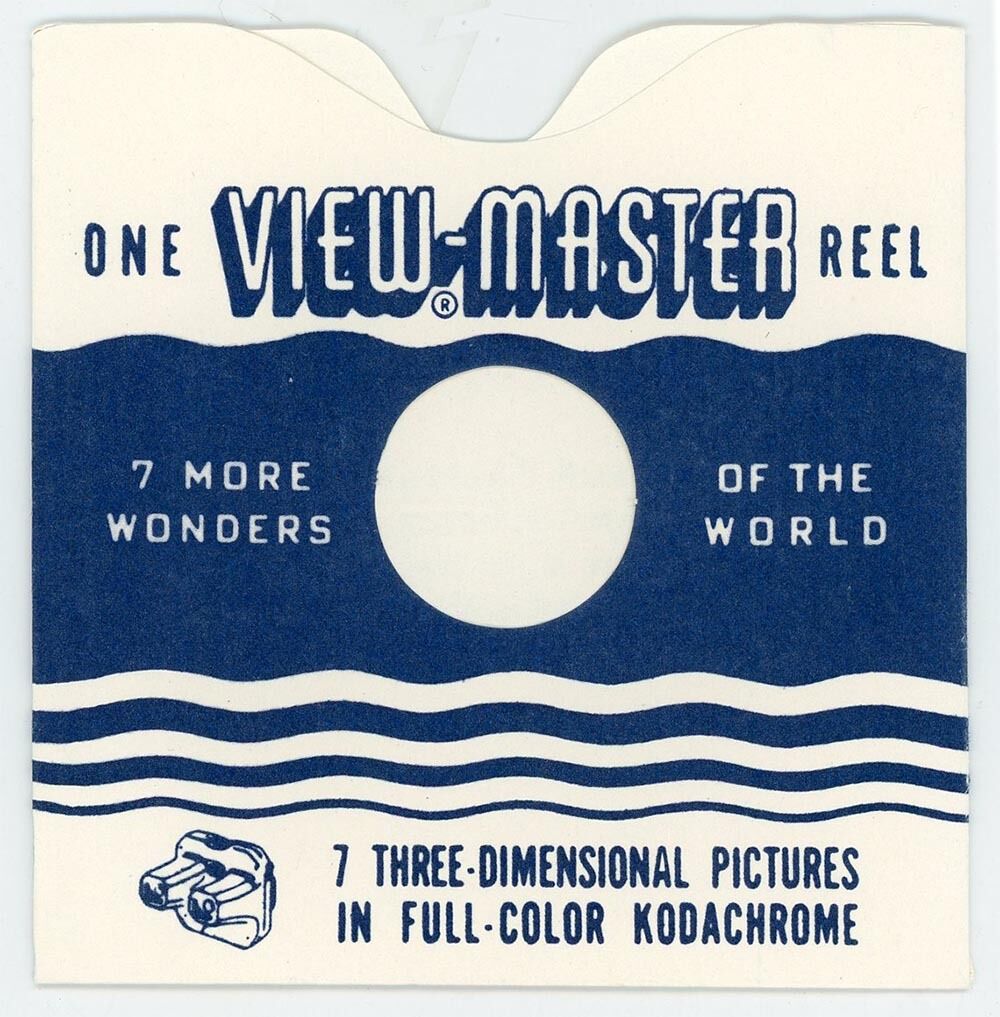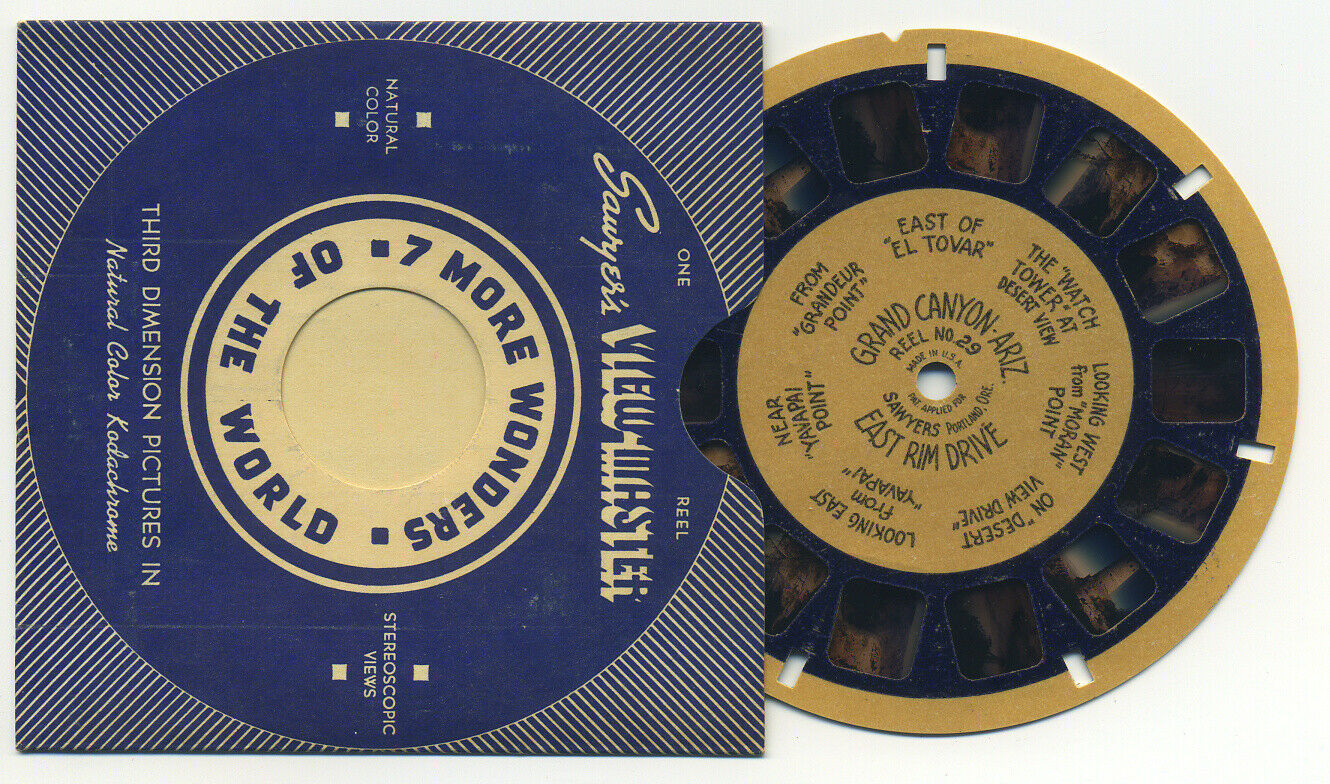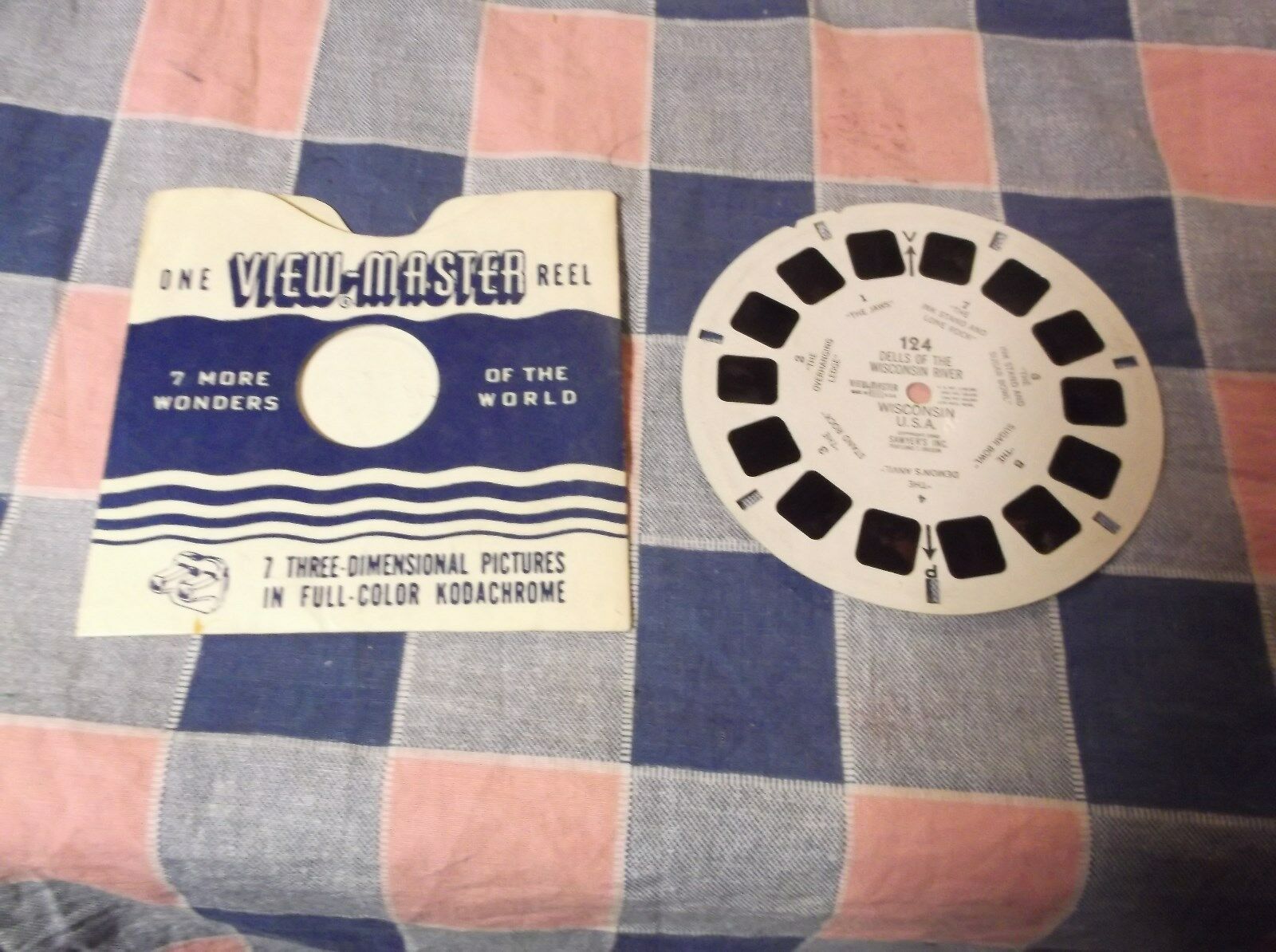-40%
Set of 2 Vtg 1937 International Paris Expo Exposition Tru-Vue 3D Stereoviews
$ 84.47
- Description
- Size Guide
Description
Complete Set x2 Vintage 1937 International Paris Expo Exposition Tru-Vue 3D Photos Stereoviews_____________________________________________
I have collected 3D photo memorabilia for 30+ years and it's time that I let some of my prized collectibles go.
This is a rare complete set of two vintage Tru-Vue film strip reels of 3D pictures taken of the historic Paris Exposition in 1937 with both film strips in matching red & silver boxes. They are both in AMAZING CONDITION! Each film strip reel contains 14 different 3D stereo images for viewing within a Tru-Vue viewer stereoscope (not included). See this historic Paris Exposition as it was in these wonderful 3D photos from 80+ years ago! Today these reels are very interesting historic stuff, and all in eye-popping 3D! These reels almost NEVER show up!
Reels included:
#1804 International Paris Exhibition Part 1
#1805 International Paris Exhibition Part 2
Condition:
The film strip reels are all in excellent condition and all are in their original red and silver boxes with the original cardboard inserts! I have personally gone through each film strip reel with white gloves on and inspected every frame and every film cog. All are perfect guaranteed! I would suggest when viewing these rare films (and all other Tru-Vue films), to pull them slowly through the viewer rather than using the advance lever. This is how the cogs get torn.
Both boxes have very slight shelf wear as to be expected for a little box this old. All flaps are present and there are no tears or crushes anywhere on the boxes. The flaps feel very tight, as if they haven't been opened too many times. I have tried my best to photograph every aspect of the boxes and film strips. Please check my pictures out and if you have any questions, please email! Packaging on these will be very secure and shipping will include insurance for full value.
Thanks for looking!
PLEASE CHECK OUT MY OTHER LISTINGS FOR MORE 3D STEREO VIEWERS, VIEWS, and CAMERAS
About the 1937 Paris Exposition:
The Exposition Internationale des Arts et Techniques dans la Vie Moderne (International Exposition of Art and Technology in Modern Life) was held from 25 May to 25 November 1937 in Paris, France. Both the Musée de l'Homme and the Palais de Tokyo, which houses the Musée d'Art Moderne de la Ville de Paris, were created for this exhibition that was officially sanctioned by the Bureau International des Expositions.
At first the centerpiece of the exposition was to be a 2,300-foot (700 m) tower ("Phare du Monde") which was to have a spiraling road to a parking garage located at the top and a hotel and restaurant located above that. The idea was abandoned as far too expensive.
Fitting in the architectural master-plan of the master architect Jacques Gréber at the foot of the Eiffel Tower, and inspired by the shape of a grain elevator, the Canadian pavilion included Joseph-Émile Brunet's 28-foot sculpture of a buffalo (1937). Paintings by Brunet, sculpted panels on the outside of the structure, and several thematic stands inside the Canadian pavilion depicted aspects of Canadian culture.
The Spanish pavilion attracted attention as the exposition took place during the Spanish Civil War. The Spanish pavilion was built by the Spanish architect Josep Lluis Sert. The pavilion, set up by the Republican government, included Pablo Picasso's famous painting Guernica, a depiction of the horrors of war, Alexander Calder's sculpture Mercury Fountain and Joan Miró's painting Catalan peasant in revolt.
Two of the other notable pavilions were those of Nazi Germany and the Soviet Union. The organization of the world exhibition had placed the German and the Soviet pavilions directly across from each other.[6] Hitler had desired to withdraw from participation, but his architect Albert Speer convinced him to participate after all, showing Hitler his plans for the German pavilion. Speer later revealed in his autobiographies that he had had a clandestine look at the plans for the Soviet pavilion, and had designed the German pavilion to represent a bulwark against Communism.
The preparation and construction of the exhibits were plagued by delay. On the opening day of the exhibition, only the German and the Soviet pavilions had been completed. This, as well as the fact that the two pavilions faced each other, turned the exhibition into a competition between the two great ideological rivals.
Speer's pavilion was culminated by a tall tower crowned with the symbols of the Nazi state: an eagle and the swastika. The pavilion was conceived as a monument to "German pride and achievement". It was to broadcast to the world that a new and powerful Germany had a restored sense of national pride. At night, the pavilion was illuminated by floodlights. Josef Thorak's sculpture Comradeship stood outside the pavilion, depicting two enormous nude males, clasping hands and standing defiantly side by side, in a pose of mutual defense and "racial camaraderie".
The architect of the Soviet pavilion was Boris Iofan. Vera Mukhina designed the large figurative sculpture on the pavilion. The grand building was topped by Worker and Kolkhoz Woman, a large momentum-exerting statue, of a male worker and a female peasant, their hands together, thrusting a hammer and a sickle. The statue was meant to symbolize the union of workers and peasants.
Italy was vying for attention as one of three totalitarian nations: Nazi Germany and Soviet Russia presented themselves as great (and opposing) forces to be reckoned with. Italy was the benevolent dictatorship: sunny, open and Mediterranean it was founded on discipline, order and unity. Marcello Piacentini was given the job of designing the pavilion exterior. He used a modern reinforced concrete frame combined with traditional elements such as colonnades, terraces, courts and galleries, the tower form, Classical rhythms and the use of Mediterranean marble and stucco. The pavilion was nestled under the Eiffel tower looking out over the Seine to the main part of the Exposition site.
Giuseppe Pagano was responsible for the overall co-ordination of the exhibtis and was the first impact on entering the building, its large courtyard garden and its hall of honour. The main entry was through the Court of Honour that showcased life size examples of Italy’s most important contribution to the history of technology. Arturo Martini’s Victory of the Air presided over the space, her dark bronze form standing out against a seemingly infinite backdrop of blue-grey Venetian mosaic tiles. From there visitors could visit the Colonial Exhibits by Mario Sironi and the Gallery of Tourism before enjoying a plate of real spaghetti on the restaurant terrace. The courtyard garden was designed a respite from the exhibits with a symphony of green grass and green-glazed tiles set against red flowers and burgundy porphyry.
The Hall of Honour was the pavilion’s most dramatic and evocative space. It also ‘repurposed’ an existing artwork: Mario Sironi’s Corporative Italy (Fascist Work) mosaic from the 1936 Triennale that had now been completed with numerous figures engaged in different types of work and the figure of the imperial Roman eagle flying in from the right hand side. The 8m x 12 m work towered over the two-storey height space that occupied the top of the pavilion’s tower, making it the centre piece of the pavilion’s decorative and propaganda program. The enthroned figure of Italy represented Corporatism – the successful economic policy that merged the best of Capitalism and the best of Communism – and that had, up until then proved a success. The room was a celebration of all those aspects of Fascist society that Pagano wholeheartedly believed in: social harmony, government input to generate industrial innovation and support for artists, professionals and craftsmen as well as workers. Here Pagano had the joy of working alongside five different artists and placing Italy’s newest industrial material such as linoleum and Termolux (shatterproof plate glass) next to a sumptuous chandelier from Murano and amber marble.
Britain had not been expecting such a competitive exposition, and its planned budget was only a small fraction of Germany's. Frank Pick, the chairman of the Council for Art and Industry, appointed Oliver Hill as architect but told him to avoid modernism and to focus on traditional crafts. The main architectural element of Hill's pavilion was a large white box, decorated externally with a painted frieze by John Skeaping and internally with giant photographic figures which included Neville Chamberlain fishing. Its contents were crafts objects arranged according to English words which had become loanwords in French, such as "sport" and "weekend". There was considerable British criticism that the result was unrepresentative of Britain and compared poorly to the other pavilions' projections of national strength.
Copyright © 2018 TDM Inc. The photos and text in this listing are copyrighted. I spend lots of time
writing up my descriptions and despise it when un-original losers cut and paste my descriptions in
as their own. It is against ebay policy and if you are caught, you will be reported to ebay and could
be sued for copyright infringement and damages.
















